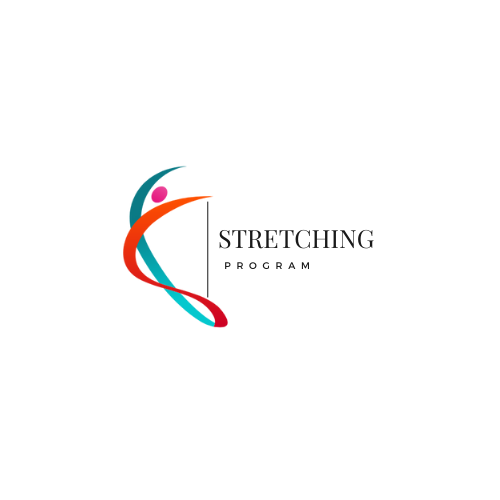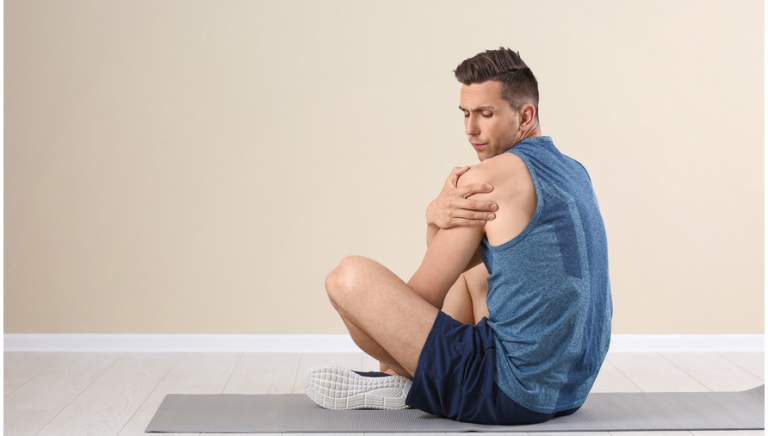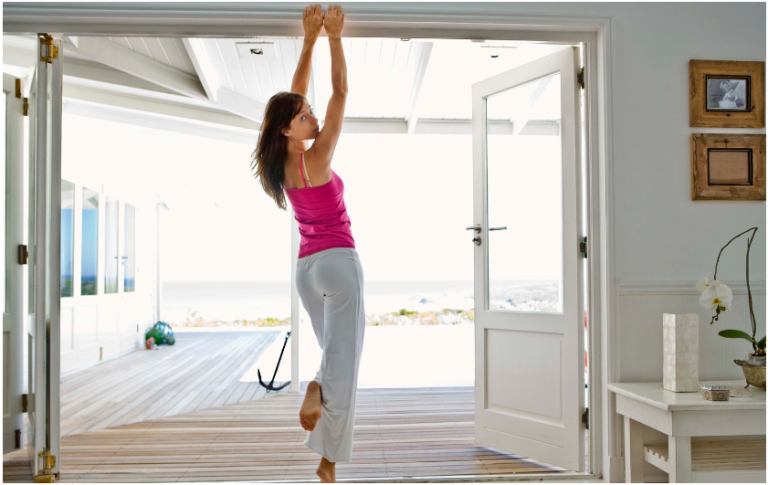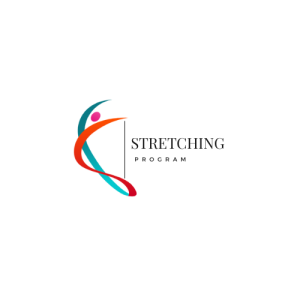
Top 5 Benefits of Assisted Stretching in 2024
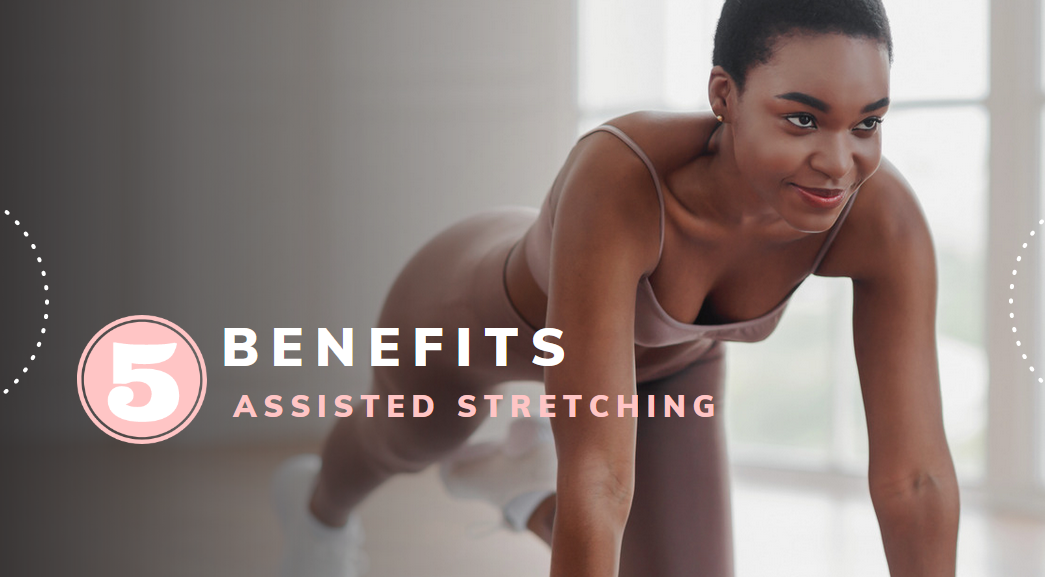
Ah, the familiar struggle—extending an arm to graze our toes or gently coaxing a stubborn hamstring into submission, only to be met with the humbling reminder that flexibility can be a fickle friend.
It’s hardly a secret that maintaining suppleness is synonymous with feeling your best, yet often, it’s not without some extra support that we achieve our bendy goals. Enter lisa marie bodyrock assisted stretching: the superhero sidekick of your wellness routine you never knew you needed!
With a treasure trove of knowledge from years of navigating the twists and turns of physical therapy and fitness coaching, we’re primed to guide you through this transformative practice.
Consider assisted stretching as upgrading your solo stretch routine to a buddy system where another person—a trained professional, no less—helps you reach new lengths (quite literally).
Together, you’ll form an unstoppable team dedicated to unlocking oodles of perks for your muscles and joints. It’s like having a trusty companion on your journey toward peak limberness.

So, if you’re ready for an upgrade on how far those stretches can take you—and let’s face it, who isn’t?—stick around! You’re about to discover why this method isn’t just about pulling off impressive poses; it’s about enriching every step (and stretch) along life’s path.
Here’s to boosting that flex factor! Let’s jump right in and move those muscles more easily than ever before.
Key Takeaways
- Assisted stretching helps make muscles lose and can prevent injuries.
- It includes different methods like rolling on a foam tube, massage, and special stretching moves.
- A partner can help you stretch better to move easier in your daily life or when playing sports.
- Having someone trained is important so the stretches are safe and work well.
- Stretching sessions with a pro usually cost about $50 for 50 minutes.
What is Assisted Stretching?
Assisted stretching is a technique where a trained professional or partner helps to stretch and lengthen your muscles. This can involve various techniques, such as Proprioceptive Neuromuscular Facilitation (PNF), to improve flexibility and range of motion.
Definition of assisted stretching
Assisted stretching is where someone else helps you stretch. They use their hands or body to push your muscles further than you can. It’s like having a buddy who ensures you’re doing stretches correctly and getting more out of it.
Now, think about how good it feels when you reach down to touch your toes after sitting all day. Assisted stretching takes that feeling up a notch. A trained person gently pulls and moves parts of your body, helping tight muscles let go and relax.
This way, even those hard-to-reach spots get some love and can move on better afterward!
Techniques used
Assisted stretching can work wonders for your body and mind. It uses different methods to help you stretch further and feel better.
Benefits of Assisted Stretching
Assisted stretching has numerous benefits, including reducing muscle tightness, decreasing stress levels, increasing flexibility and range of motion, improving athletic performance, and aiding in injury prevention and recovery.
It can also contribute to overall well-being by promoting better posture and reducing aches and pains associated with physical activity.
Reduces muscle tightness
We’ve all felt that annoying tightness in our muscles, haven’t we? It’s like they don’t want to move right. That’s where assisted stretching comes into play. This kind of stretch therapy works wonders for loosening up those stubborn spots.
Think about it – when a pro helps us stretch out, they can get our muscles to relax way better than we could on our own.
What happens during an assisted stretch session is cool. Muscles get the care they need to let go of tension and tightness. This isn’t just good news for athletes or gym buffs; even if you sit at a desk all day, it’ll make your body feel so much better.
Better blood circulation from these stretches means more oxygen gets around your body, and guess what? That makes your muscles happy because they can stop holding on so tight! And guess what comes next—less stress and more flexibility are just around the corner.
Decreases stress
Assisted stretching can help reduce muscle tension and soreness, decreasing stress levels. By relaxing the muscles and improving circulation, assisted stretching creates an ideal environment for stress reduction.
Proper techniques for assisted stretching can also promote muscle relaxation, further contributing to lower stress levels.
Regular assisted stretching sessions improve our physical well-being and positively impact our mental health by lowering stress levels. This is essential for overall health and wellness as it helps us feel more at ease and relaxed throughout the day, making it easier to handle our challenges.
Increases flexibility and range of motion
Assisted stretching is fantastic for increasing flexibility and range of motion. Regular stretching can make our muscles more flexible, and assisted stretching takes it further by targeting specific muscles to maximize this benefit.
By improving flexibility through assisted stretches, we increase our range of motion and strengthen and control our muscles better throughout the entire range of motion.
This means we can move more freely and easily during our daily activities or sports and exercise routines.
For me, improved flexibility means feeling less restricted in my movements, allowing me to bend down to tie my shoes without effort. It’s amazing how something as simple as ensuring I have good flexibility in my joints can improve many aspects of my life.
Improves athletic performance
Assisted stretching is a game-changer when it comes to improving athletic performance. It reduces muscle tightness and increases flexibility, helping you move more freely and powerfully during workouts or games.
The increased range of motion from assisted stretching enhances balance and agility, giving you an edge in sports performance. Plus, assisted stretching creates the ideal conditions for optimal athletic performance by relaxing muscles and reducing stress levels.
As you can see, incorporating assisted stretching into your routine can significantly elevate your athletic performance and overall physical capabilities.
Aids in injury prevention and recovery
Assisted stretching can help prevent injuries by reducing muscle tightness and increasing flexibility. It aids in recovery by improving blood flow and delivering nutrients to muscles.
This therapy gently elongates muscles, flushing out metabolic waste, which reduces soreness and enhances overall well-being. Incorporating assisted stretching into your routine could make a substantial difference in injury prevention and recovery, especially for athletes or those involved in physical activities.
To further understand the benefits of assisted stretching, let’s delve into how it works to provide thorough insights into its effectiveness and impact on our bodies.
How Does Assisted Stretching Work?
Assisted stretching utilizes proprioceptive neuromuscular facilitation (PNF) to achieve a deeper and more effective stretch. Having a partner can also provide added benefits, improving muscle lengthening and releasing tension.
Proprioceptive neuromuscular facilitation (PNF)
Proprioceptive neuromuscular facilitation (PNF) is a stretching technique that can help improve active and passive range of motion. This method uses reflexes to achieve deeper stretches, which ultimately enhances flexibility.
PNF stretching involves contracting and relaxing the targeted muscle group to maximize static flexibility, effectively supplementing daily static stretching routines.
It’s reported that PNF stretching can yield greater gains faster than traditional static stretching, offering an efficient approach to increasing muscle flexibility and range of movement.
When you incorporate PNF stretching into your routine, you’re tapping into a proven method for enhancing your overall muscular flexibility and range of motion. By utilizing reflexes through contraction and relaxation techniques, PNF allows for deeper stretches that increase your body’s flexibility and reduce muscle tightness.
Benefits of having a partner
Having a partner for assisted stretching promotes better communication between you. This can help avoid injury and ensure the stretches are performed safely and effectively.
Partner-assisted stretching also allows for targeted muscle stretching, resulting in increased flexibility and improved range of motion. With your partner’s assistance, you can achieve deeper stretches and focus on specific muscle groups that might be challenging to stretch independently.
Having a partner during assisted stretching sessions also adds an element of motivation and support. It makes the experience more enjoyable and encourages consistency in your stretching routine.
Final Thoughts
Consider adding assisted stretching to your routine, as it can profoundly impact your overall health and well-being. It’s important to seek proper training and qualifications when incorporating assisted stretching and be aware of potential costs associated with the practice.
Ultimately, the many benefits of assisted stretching may make it worth exploring for those looking to improve flexibility, reduce stress, and enhance athletic performance.
Consider adding assisted stretching to your routine.
Assisted stretching has many benefits, including reducing muscle tightness, lowering stress levels, and enhancing flexibility. It can also help prevent injuries and improve athletic performance.
Furthermore, working with a trained practitioner can ensure safe and effective results. Whether you’re an athlete or an older adult looking to improve overall health and well-being, assisted stretching can profoundly impact your physical and mental health.
The benefits of assisted stretching make it a valuable addition to any fitness routine. With its ability to increase flexibility, reduce muscle tension, and enhance the active range of motion, incorporating assisted stretching into your regimen can significantly improve various body areas.
The importance of proper training and qualifications
Proper training and qualifications are crucial for ensuring the safety and effectiveness of assisted stretching. A trained professional can provide greater comfort and help individuals achieve deeper stretches, improving flexibility and muscle health.
The benefits of having a trained professional assist with stretching include improved safety, greater comfort, and the ability to achieve deeper stretches that may not be possible on one’s own.
The right qualifications ensure practitioners understand how to perform the stretches correctly, preventing injuries or discomfort. Moreover, they possess the knowledge needed to adjust techniques according to individual needs, maximizing the benefits of assisted stretching for each person.
Potential cost
Assisted stretching sessions generally cost about $50 for a 50-minute session, which aligns with other hands-on treatments. This puts it within reach for many people looking to improve their flexibility, reduce muscle tightness, and enhance athletic performance without breaking the bank.
Considering that assisted stretching can help prevent injuries and aid recovery, the potential cost is worth the investment for those seeking to maintain and improve their physical well-being.
Summary of benefits
Considering the potential cost and importance of proper training, weighing the benefits of assisted stretching is crucial. Assisted stretching can alleviate muscle tightness, reduce stress levels, enhance flexibility and range of motion, improve athletic performance, and aid injury prevention and recovery.
Whether you’re an athlete or an older adult looking to improve mobility and relieve stiffness, assisted stretching offers a safe way to extend your muscles for better movement without the risk of overstretching.
The many advantages include reducing soreness, preventing injuries, improving endurance athletes’ post-exercise recovery process, relieving cramping, and increasing blood circulation to muscles and joints while supporting overall ease of movement.
Conclusion
In conclusion, let’s consider the many benefits of assisted stretching. It can reduce muscle tightness and decrease stress levels. Assisted stretching also helps to improve flexibility, range of motion, and athletic performance.
When done with a partner or practitioner, it can activate the body’s natural reflexes to control muscle length and tension.
Now, meet our sports medicine and rehabilitation expert – Dr. Sarah Matthews. With over 15 years of experience as a physical therapist focusing on sports injuries, Dr. Matthews holds a Ph.D.
In Sports Medicine, and has published numerous articles on the effectiveness of various stretching techniques.
Dr. Matthews believes that assisted stretching works by engaging specific muscles more effectively than unassisted stretches can achieve alone.
She emphasizes that safety is paramount when considering any stretching program and encourages individuals to seek properly trained professionals for guided assistance.
When integrating this technique into daily life or specific contexts, Dr. Matthews advises incorporating it into pre-activity warm-ups for athletes or as part of a regular fitness routine for older adults looking to maintain flexibility.
According to Dr. Matthews, while assisted stretching offers significant benefits such as increased flexibility and reduced risk of injury, there are considerations such as the need for qualified practitioners and potential costs associated with professional assistance.
In her final verdict, Dr. Matthews highly recommends incorporating assisted stretching into one’s routine but stresses the importance of seeking guidance from qualified professionals for optimal results.
FAQs
What’s the big deal with assisted stretching?
Assisted stretching is when someone helps you stretch, which can up your game – whether you’re hitting the gym hard or just trying to touch your toes! It’s like having a buddy give your muscles an extra pull to ensure they’re getting the best stretch ever.
How does getting stretched by a pro help me more than doing it alone?
Think of it this way: A professional can safely extend your muscles without going too far. They use specific stretches that target muscle fibers perfectly, reducing pain and stiffness. Plus, they can increase your flexibility – which means bending and reaching are much easier!
Can I find “sports stretching near me” at places like StretchLab or Stretch Zone?
Absolutely! Places like StretchLab or Stretch Zone specialize in giving those muscles a good tug with their assisted stretching programs. Just pop into one for full-body love and watch as tension takes a hike.
Is there any truth to assisted stretching being able to lower my stress levels?
Absolutely! When you lie down and let a physical therapist or stretch expert work their magic, joints and muscles feel better, and this cool sense of calm kicks in – like after a great massage.
Will my insurance cover these fantastic stretches I keep hearing about?
Now that’s tricky… While feeling awesome after being stretched out is priceless, insurance may not always agree (bummer!). You’ll have to check with them because every plan is different regarding covering stuff like assisted stretching.
Assisted stretching vs massage – which wins for making me feel amazing?
Ah, the age-old debate! Both are tops for chasing away those pesky knots… But if we’re talking about a big improvement in range of motion and saying goodbye to tightness, Assisted stretching might take the gold medal here!
